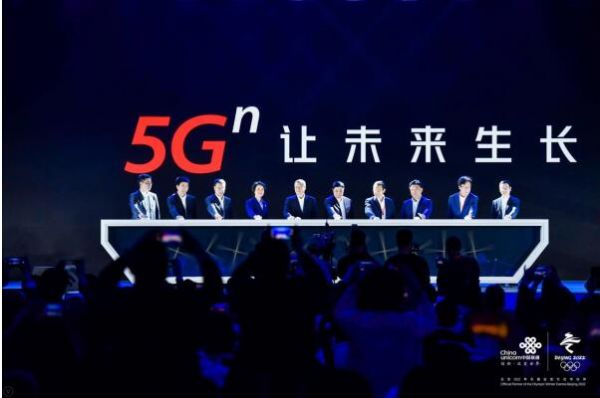In the promotional video for the debut of China unicom's 5G brand, words of media, smart medical care, smart network alliance, smart education, smart manufacturing, smart sports, smart security, ubiquitous and smart energy are shown one by one in the opening position of China unicom's 5G, and finally become a unicom 5G identifier.
Before the appearance of the 5G brand, wang xiaochu, chairman of China unicom, expressed the idea of 5G through "two calls for openness and sharing" at the "China unicom 5G build the future" partner conference. The content of the speech also echoed the theme slogan of "let the future grow". Facing such a 5G world full of NTH power opportunities, unicom's partners are also in action.
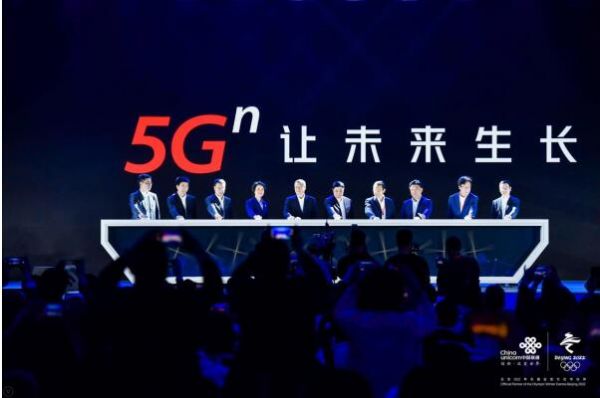
Call 1: advance 5G network evolution
China unicom clearly sees the general trend of 5G network development, and does not just emphasize the current 5G trial network, but calls for joint efforts to promote the evolution of 5G network at the very beginning. As we all know, the three application scenarios of 5G network are eMBB, uRLLC and mMTC. At present, as 5G network is still in the construction stage of R15, most operators also focus on the eMBB scenario, which can provide high-bandwidth + high-rate network for high-definition video and XR. However, since China unicom has built the n-power dream for 5G, it also means that only uRLLC (high reliability + low delay) and mMTC (large connection + low energy consumption) can inspire more infinite possibilities of China unicom's 5G network in autonomous driving, intelligent manufacturing, intelligent medical treatment and allthingsgion.
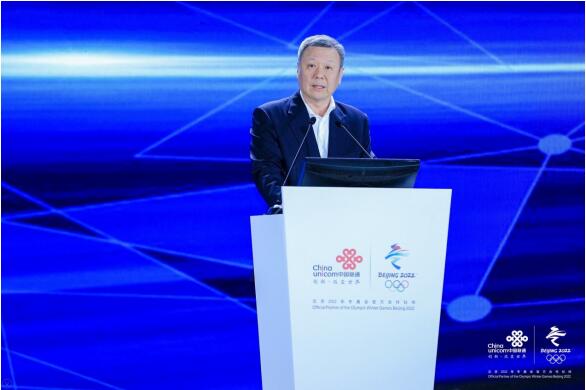
Wang xiaochu, chairman of China unicom
Wang xiaochu, chairman of China unicom, said in the keynote speech: "we should evolve the current mixed networking to independent networking, and the software version should be able to gradually transition from eMBB (R15 represents the scenario) to R16 and R17. We hope that the shorter the process, the better." In fact, with the efforts of the industrial chain, 5G networks are being deployed at an unprecedented speed. Hou mingjuan, vice-president of qualcomm, said at the BBS conference on opportunities and challenges in the 5G terminal market of China unicom partners: "globally, the speed of transition from 4G to 5G is faster than that from 3G to 4G. In the first year of 4G, only four mobile operators deployed networks and three terminal manufacturers released 4G products. But in the first year of 5G, so far more than 20 operators have announced 5G network deployment plans, and more than 20 5G terminals will be released this year.
Meanwhile, qualcomm is also accelerating the evolution of 5G NR technology roadmap to R16 and R17. In the company's 5G test network at its research and development center in New Jersey, qualcomm has configured new end-to-end OTA configurations for millimeter wave frequencies and frequencies below 6GHz, which can validate the new 3GPP R16+ design prior to standardization, thus improving 5G algorithms and technologies to further improve performance. According to hou, R16+ will extend 5G NR to a whole new industry. Through the technological evolution of Sub 6GHz, industrial Internet of things supporting uRLLC and c-v2x based on 5G NR can be realized. The company also revealed during this year's MWC 2019 that it is working on what kinds of technological improvements R17 can achieve on 5G.
Call two: 5G terminal "four modernizations" popularization
On the issue of 5G terminals, wang xiaochu called for joint efforts to promote the popularization of 5G terminals in his speech, in which he talked about the 5G of mobile phones, the universalization of mobile phones, the popularization of price and the ubiquity of terminals. In fact, during the partner conference of China unicom alone, the efforts of China unicom and its partners on the goal of "four modernizations" of 5G mobile phones have seen initial results.
China unicom also announced at the partner conference that it would be the first Chinese carrier to announce a 5G experience for consumers. In the demonstration area, a large number of mobile phones supporting China unicom's 5G network have appeared. Qualcomm announced on the scene that it will cooperate with OEM manufacturers including Nubia, oneplus, OPPO, vivo, xiaomi and zte to support China unicom's 5G deployment. All of these manufacturers are equipped with snapdragon 855+X50 modems and qualcomm rf front-end solutions. At the same time, there is no problem in the universalization of these mobile phones. The above solution combination can support 2G/3G/4G/5G networks, be compatible with other operators' 5G networks, and well support the Sub 6GHz+ millimeter wave networks adopted in some regions of the world.
These 5G mobile phones not only test the network speed after being connected to the network, but also demonstrate many 5G applications and allow participants to experience the new experience brought by rich 5G use cases, including hd video online play, cloud games, web browsing, mobile phone and cloud real-time data sharing.
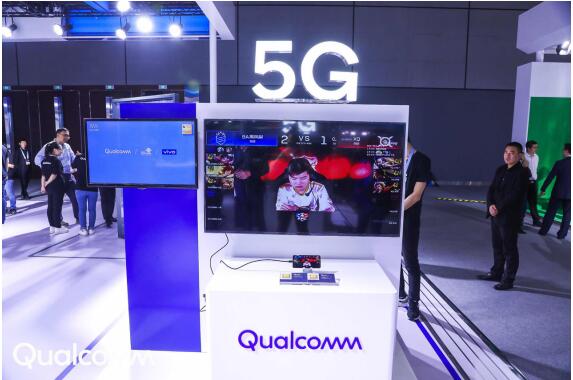
Vivo then showed the 5G prototype to the media, and invited the media to experience the 5g-based hd video phone, online video, games and other basic applications. It is expected that vivo will launch 5G mobile phones equipped with snapdragon 855 mobile platform in the middle of this year, bringing the leading 5G smart experience to consumers. OPPO demonstrated the game with 5G mobile phones at the scene, and said it is combining research and development investment in 5G technology with the leading snapdragon 855 mobile platform, hoping to bring innovative 5G innovative experience to consumers.
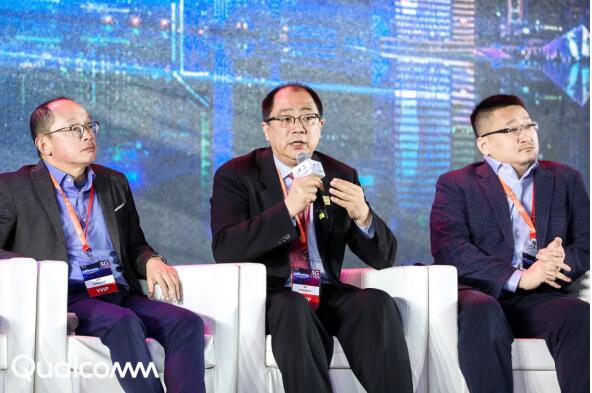
Meng pu (middle), chairman of qualcomm China
Xiaomi 5G mobile phone brings an opportunity for the price popularization of 5G mobile phone. The 5G version mi MIX 3 on display at the scene was released during MWC at the beginning of the year, supporting 5G network and taking the lead in launching snapdragon 855 mobile platform. The price will also be locked at 499 euros, which will undoubtedly greatly accelerate the popularization of 5G mobile phones. Meng pu, chairman of qualcomm China, said at the unicom event: "the price gap between 5G products and the previous generation of terminal technology products will be quickly erased. "" the price of 5G terminals will drop rapidly with the development of the Chinese market and the global market.
Nubia is a good example of the ubiquity of terminals. According to ni fei, co-founder and senior vice President of Nubia technology co., LTD., Nubia's newly listed flexible screen alfa is the representative of the company's cooperation with qualcomm and China unicom in various fields.
Obviously, China unicom's planning for 5G terminals is not limited to mobile phones. During this event, China unicom also officially released the eSIM terminal test environment for developers, which can help terminal manufacturers to independently complete the joint debugging test with China unicom's eSIM platform. At the same time, it also announced the establishment of the 5G terminal innovation joint laboratory together with qualcomm and unigroup. China unicom believes that the 5G era will no longer be a single smart phone, but a variety of intelligent hardware common development, collaborative innovation pattern is gradually taking shape.
Mr. Meng for unicom end pan in also agreed, his future in 5 g see round table in the BBS said: "in the next 5 g terminals will be ubiquitous, car, PC, unmanned aerial vehicles, machine tools, operating table, wharf etc. Probably will become China unicom's customers, and we will also provide a complete solution, 5 g for all walks of life to meet 5 g technology to make its own contribution."
Open sharing: n possibilities for 5G
"7 + 33 + n" digital combination represents the 5 g test of unicom network present situation, namely the seven large megacities such as Shanghai city continuous coverage and realize the hot spots in 33 cities coverage, custom 5 g network for n industry applications in the private network, continuous coverage of 5 g for 5 g commercial company provides a new platform, realize the ideal of new opportunities. At the same time, China unicom also put forward the initiative of open sharing to create a different construction and operation cooperation model. Wang xiaochu said: "a big function of 5G is network slicing. He went so far as to say, "is it possible for the equipment systems between our operators to combine to form the network system?" This means that an open and Shared 5G network of China unicom has arrived and will bring new opportunities to more industries.
In fact, on the issue of open sharing, it is true that the 5G spectrum resources of each operator are very limited at present. At present, the domestic 5G spectrum includes 2.6ghz, 3.5ghz and 4.8ghz, and the maximum spectrum resources of each frequency band are only 100-200mhz. The spectrum sharing of 5G NR has become a new topic in the industry. Qualcomm put forward in this year's permission and without permission spectrum sharing between spectrum and spectrum with different carrier or different companies share the spectrum, if the two companies share the same spectrum, can according to the demand of each manufacturer to customize the priority, its advantage is that different vendors can be Shared according to the different requirements of spectrum, realize the efficient utilization of spectrum resources. Licensed spectrum or Shared spectrum has also become 5G network to R16, R17 evolution route by the industry recognized technology.
At the same time, in order to stimulate the n possibilities of 5G, there will be more private networks in the network to meet the needs of industrial applications. And the acceleration of 5G network evolution is also laying the groundwork for private networks. When 5G network develops to the later stage of R15 and the stages of R16 and R15, private network will become one of the main application scenarios, which can realize indoor millimeter-wave for enterprises or meet the requirements of industrial Internet of things. Qualcomm is currently testing millimeter-wave coverage, mobility, and robustness in indoor enclosed office environments to address the network bandwidth needs of businesses, private networks, and high-density locations. Meanwhile, qualcomm also demonstrated this year that 5G NR industrial iot can help mission machines achieve 99.9999% reliability tests.
In fact, qualcomm is also using its products to enable more terminals to support 5G use cases. At the beginning of this year, it released the X55 modem, which can be used in the mobile phone field as well as the Internet of things and cars. Previously, China mobile, also a partner of China unicom and qualcomm, officially launched four commercial iot 5G modules, all of which are equipped with snapdragon X55 5G modems, allowing modems and communication modules that can be truly applied in the Internet of things to be announced in place, waiting for the arrival of iot.
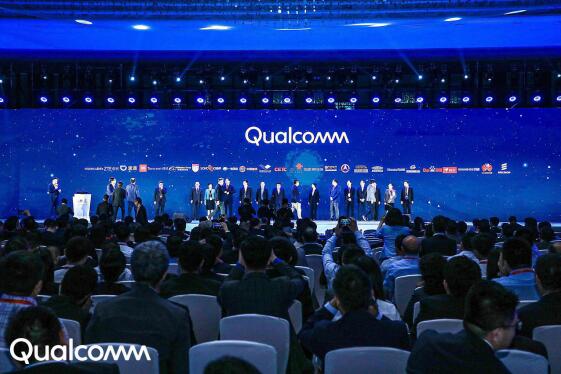
At the unicom partner conference, China unicom also specially established the "China unicom 5G application innovation alliance". The purpose of the alliance is to create a trillion new market, build a new 5G industry ecology, set up a new benchmark for 5G enterprises, build a new 5G business paradigm, and create a new future of 5G industry. At the same time, it has launched the "5G international cooperation alliance" with several internationally renowned operators and digital service providers, including telefonica, Japan's AT&T, France telecom and bt.
If regard 5G as a kind of thing that is known by the public, a lot of people in the industry like to compare it to electric energy, and electric energy also needs to be able to exert its maximum value through sharing undoubtedly. Unicom obviously recognizes that 5G is not only the Internet in the hands of smart phone users, but also a new energy source that can empower various industries sensitive to eMBB, uRLLC and mMTC. The industry chain is also contributing to the possibility of 5G to the n power, which makes it difficult to exert the value of energy generated by 5G.












